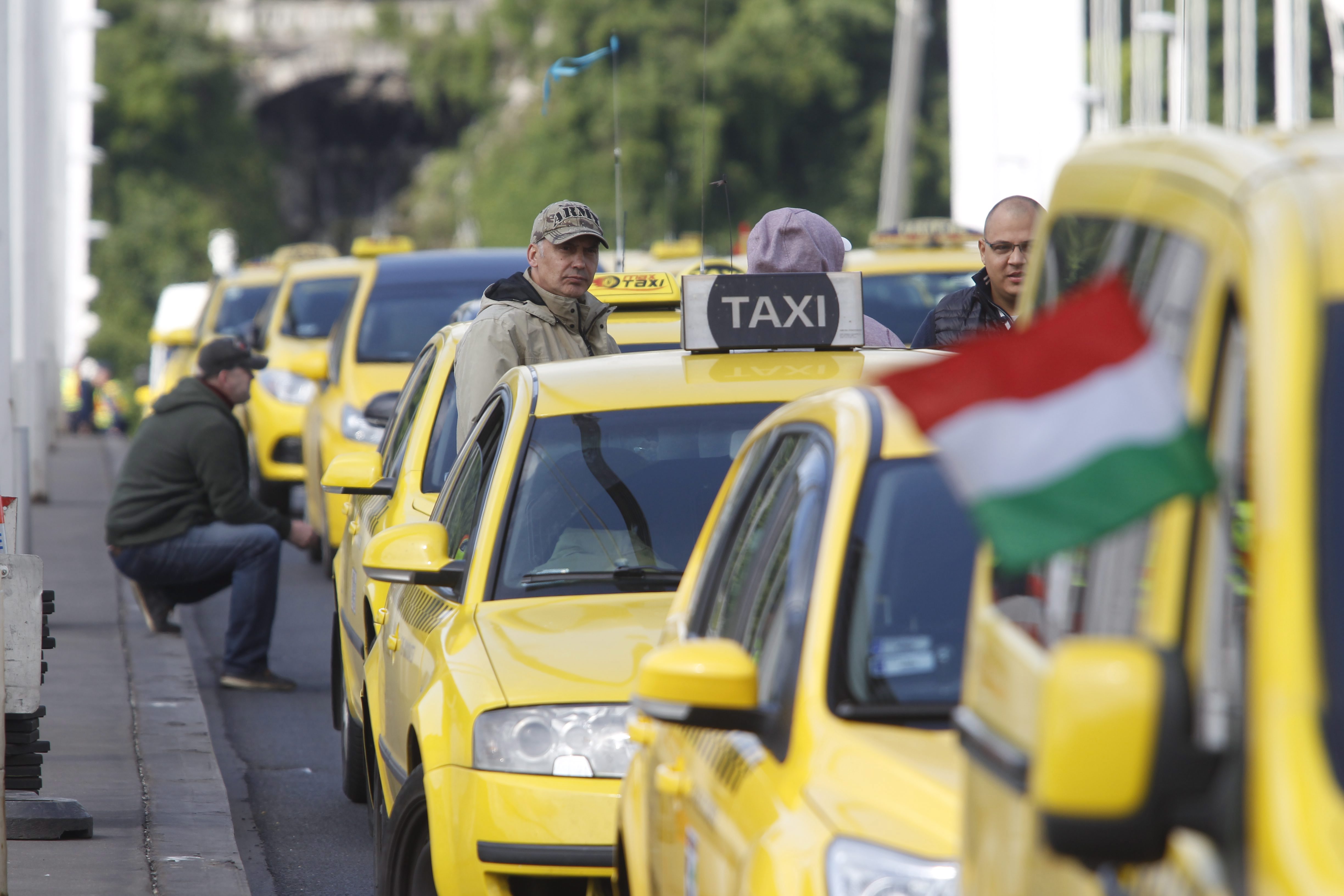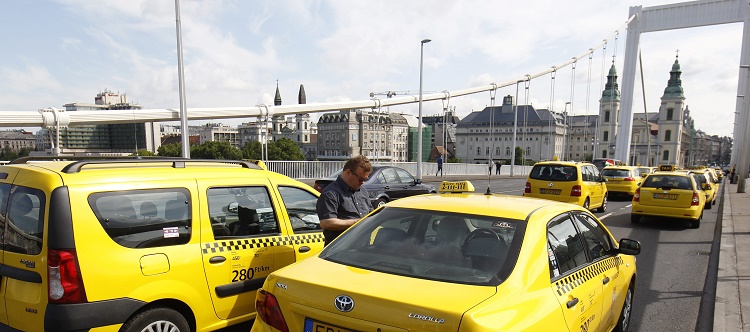
They said overall prices have risen by 15 percent, while vehicle fuel prices have climbed by 40 percent, since 2017, the last time taxi fares were raised.Continue reading

Taxi fares in the Hungarian capital are about to drastically increase: from 9 May, the basic fare will rise from 700 to 1,000 forints (EUR 1.86 to 2.66), the kilometer fare from 300 to 400 forints (EUR 0.8 to 1.06), and the per-minute fare from 75 to 100 forints (EUR 0.20 to 0.27), the Budapest Assembly decided on Wednesday.
The almost 35 percent fare increase was justified in the amendment to the regulation by higher vehicle fuel prices, rising inflation and minimum wage increases. The amendment was unanimously adopted by the body.
Deputy mayor Ambrus Kiss said the measure was the product of a compromise reached at talks initiated by cab drivers. (In February, Budapest taxi drivers held a demonstration demanding a 67% rise in fares.)
It was also agreed that the capital intends to make major structural changes to the current taxi passenger transport system. The reform of the taxi regulation is expected to be negotiated later this year.
Taxi tariffs in Budapest have been officially set by the city since 2013. Tariffs are published in the official tariff ordinance. It is binding for all taxis and taxi companies within the compulsory driving area and may not be exceeded or undercut. This is ensured by officially calibrated taximeters installed in the taxis.
Budapest’s previous, Fidesz leadership decided on introducing fixed tariffs 9 years ago instead of letting the market decide the prices. The new fare system was officially created as the capital’s way of ensuring a reliable taxi service for passengers and to prevent abuses and fraud by taxi drivers. Mayor Tarlós’ decision already marked a significant – roughly one and a half times – increase in prices.
Ahead of the decision, the Hungarian Competition Authority (GVH) made a recommendation to Budapest, arguing that “competition-friendly solutions would be much more beneficial for consumers”.
The authority, therefore, proposed competition-enhancing alternatives before discussing the new proposal on the price increase.
Increasingly high official fares are reducing the utilization of taxis, which is driving the demand for further fare increases from taxi drivers, GVH argued.
According to the authority, the best way out of this regulatory trap would be for the municipality to minimize its interference in price regulation, leaving as much room as possible for competition and the development of equilibrium market prices.
The regulation of price-fixing could be limited to cases where the consumer is unable to obtain sufficient information about fares in advance (e.g. when hailing a taxi) and competition could be promoted by the fact that instead of fixed tariffs, the capital could only impose a price ceiling, below which competition between operators could develop, the GVH said.
Featured photo by Zsolt Szigetváry/MTI